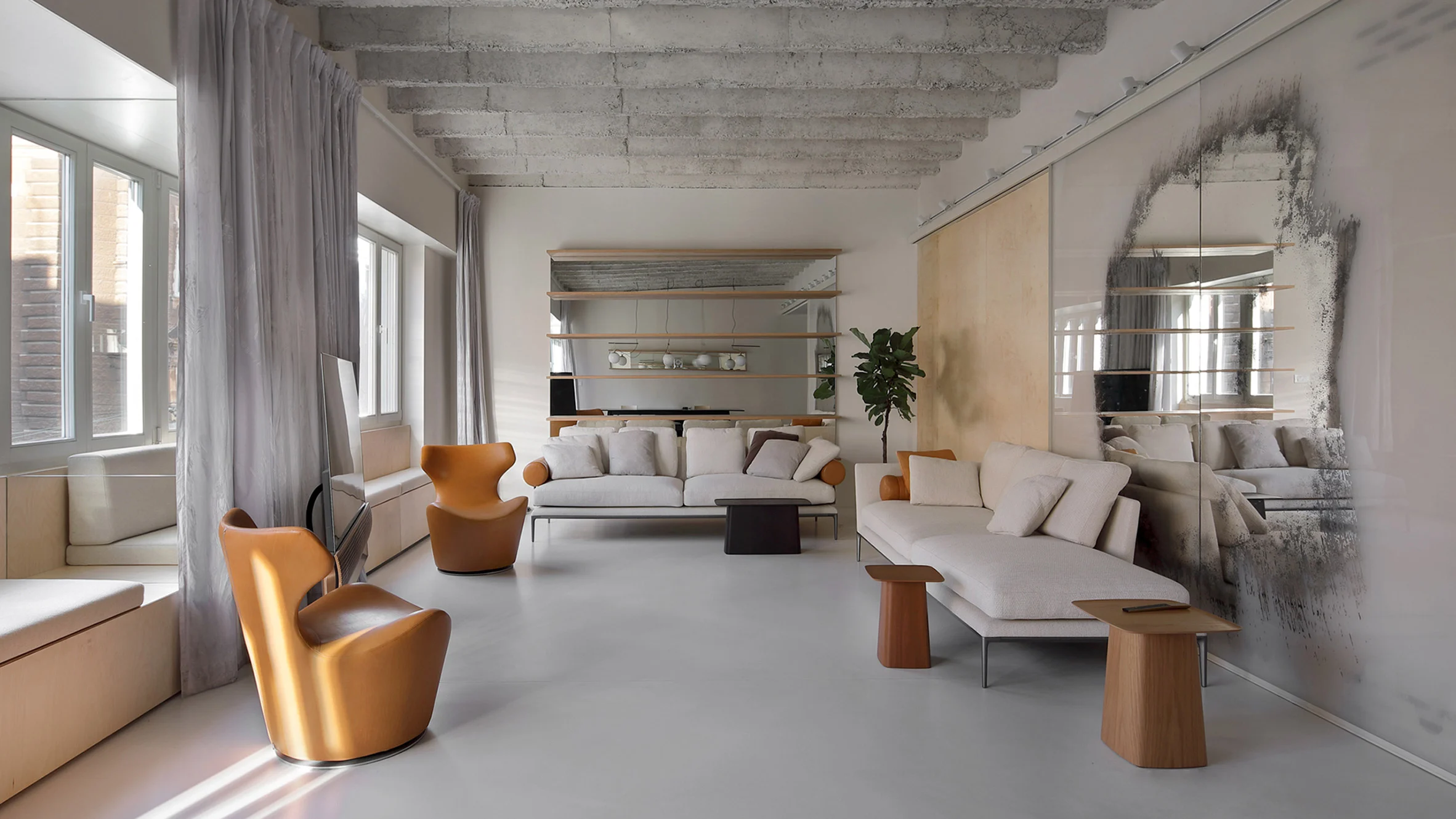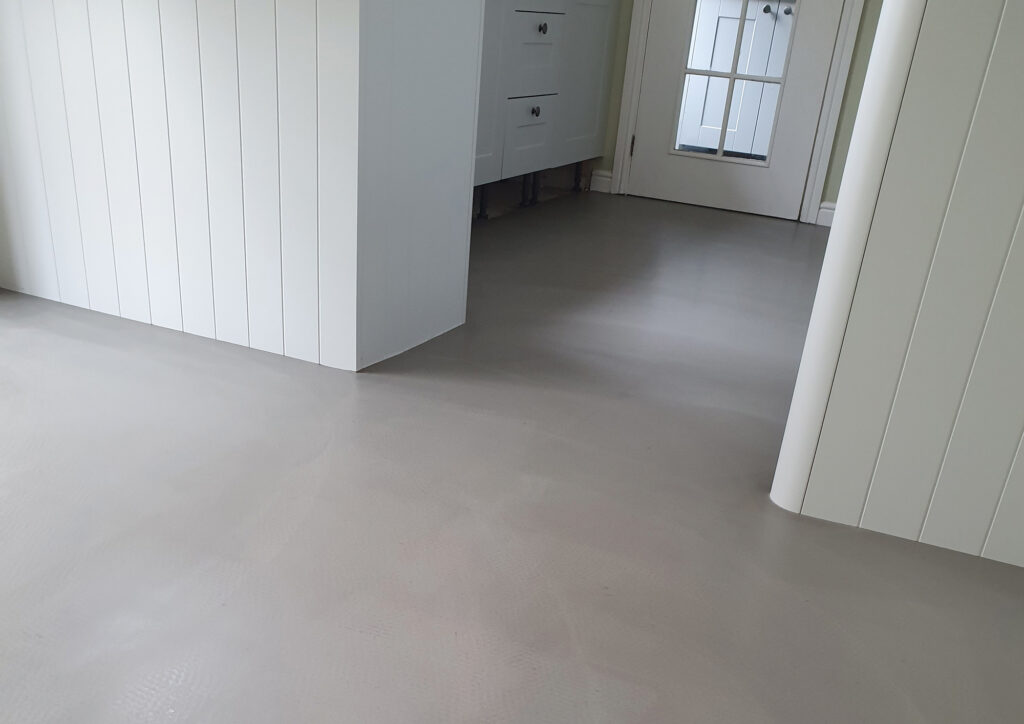Contact Jak's Colors Today
Ready to enhance your space? Call us now to schedule your installation and get started on transforming your floors.
jakscolors
May 2, 2025

A microtopping texture seamless floor offers the perfect blend of modern design and functionality. Unlike traditional overlays, a seamless microtopping creates a uniform, low-profile surface that resists stains, water, and heavy traffic. Jaks Colors’ experts deliver customized finishes tailored to residential, commercial, and industrial spaces—ensuring a flawless, durable surface that lasts for years.
Choose a system based on your project needs:
Discuss substrate conditions and traffic demands with Jaks Colors to pick the optimal formula.
Proper prep ensures adhesion and longevity:
Skipping steps can lead to delamination or uneven texture.

Follow these professional tips:
Practice techniques on a sample area before full installation.
Proper sealing prolongs color integrity and prevents moisture ingress.
Early detection and corrective steps keep your seamless texture perfect.
Q1: Can microtopping be applied over existing tile?
Yes—remove grout and roughen tile, then prime and apply microtopping as usual.
Q2: How thick is a typical microtopping?
Standard thickness ranges 1–3 mm; self-leveling systems may add 3–5 mm.
Q3: Is the surface skid-resistant?
Add fine sand or aggregates in the final sealer to improve traction in wet areas.
Ready for a stunning microtopping texture seamless finish? Contact Jaks Colors for a no-obligation estimate:
External Resources:
Internal Links:
Ready to enhance your space? Call us now to schedule your installation and get started on transforming your floors.
Ready to Upgrade Your Floors?
⭐⭐⭐⭐⭐ Trusted by 120+ happy clients in Stamford
We usually respond in under 2 hours.
We’re here to help you design, quote and install the perfect flooring — quickly and hassle-free.
Fill out the form and let’s start your transformation.
Get Your Free Flooring Quote!





Transform your floors with Jaks Colors. Our expert team delivers high-quality polished concrete and epoxy flooring solutions for residential and commercial spaces. Contact us today for a free consultation and discover the difference we can make.
© 2025 Jask’s Colors – All Rights Reserved